A project that gives students the opportunity to learn through building their own theme park.
Have you ever wanted to design your very own theme park?
This teaching resource gives students the opportunity to learn through designing their own theme parks. In this project, students navigate a set budget and isometric awareness to plan to execute the best theme park they can design. Students will not only relate to the excitement of building a theme park, but they will also think creatively to design a theme park people would want to visit. Students can use and purchase supplied theme park rides, attractions and infrastructure, or are encouraged to design and draw their own theme park facilities on isometric paper.
In this project, students will learn about:
- measurement, including length, perimeter, area, volume and scale
- geometric isometrics
- 3D mapping
- transport maps and time
- money and budgets
- technology and design
- business concepts including needs of clientele
You can extend this project by:
- creating a competitive class environment between individuals and groups
- using currency and park features as additional rewards
- restricting the budget and charging for free items.
The learning experiences are limitless!
Check out our other stimulus-related resources.

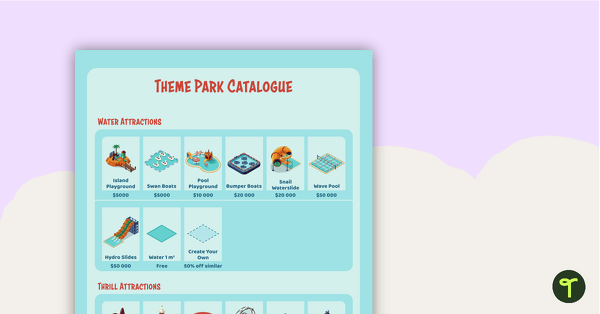
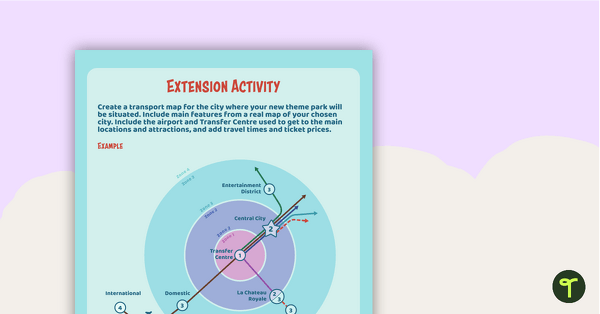

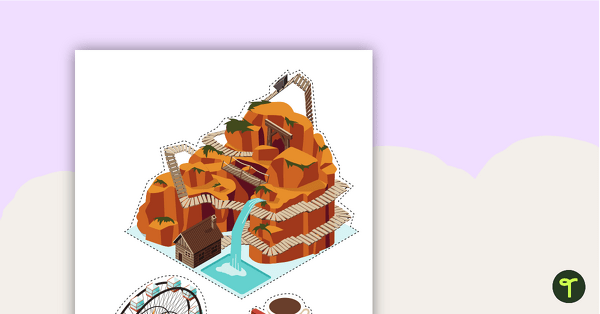
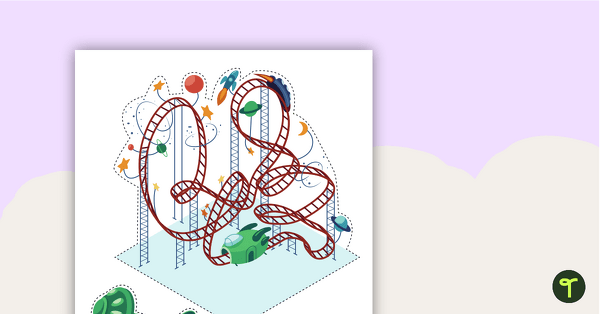
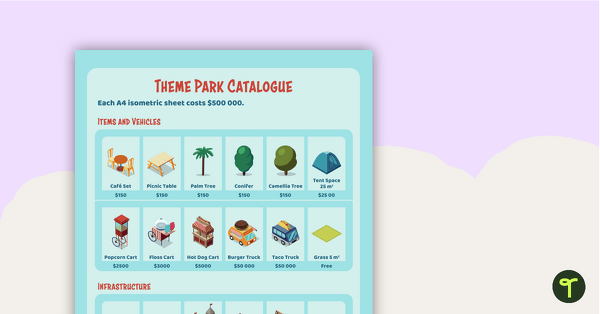

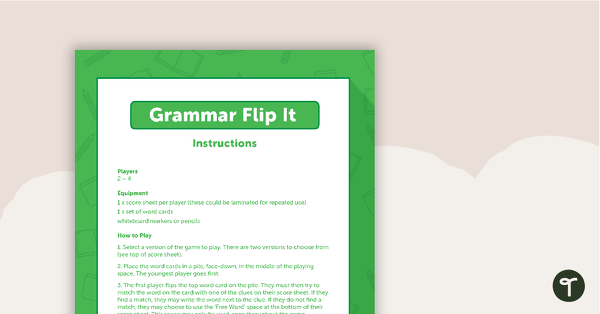
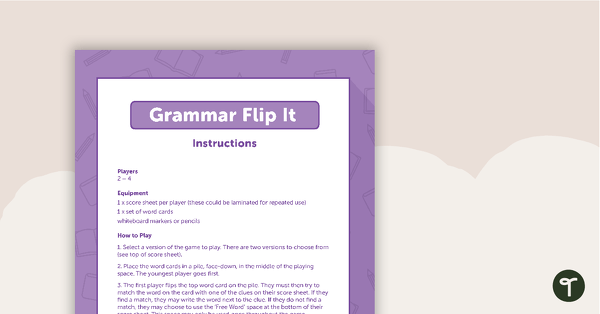
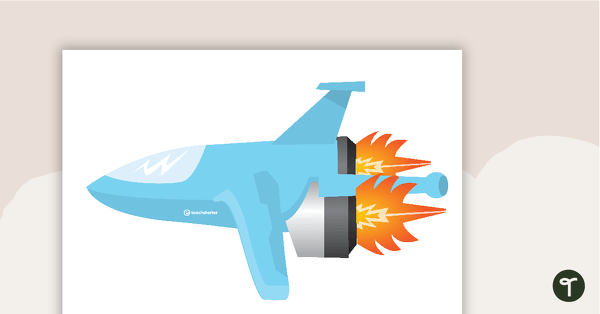

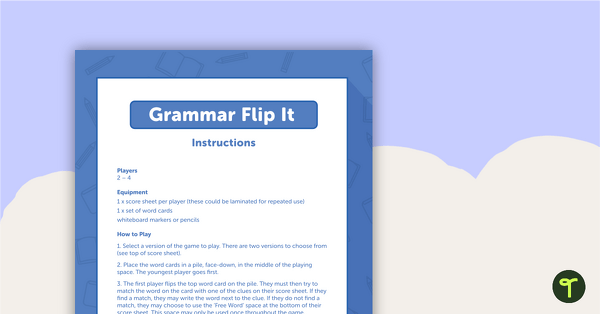

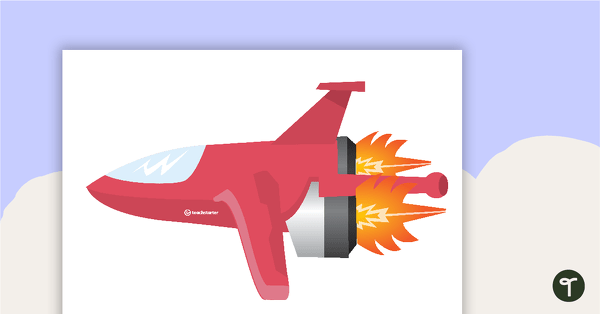
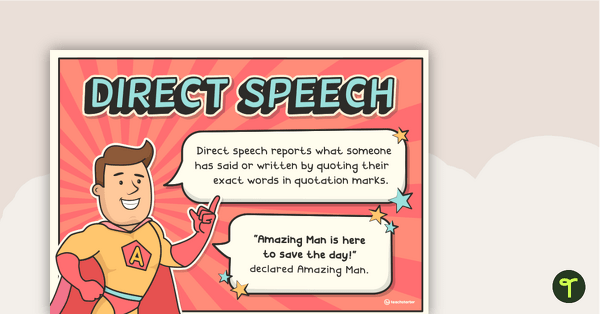
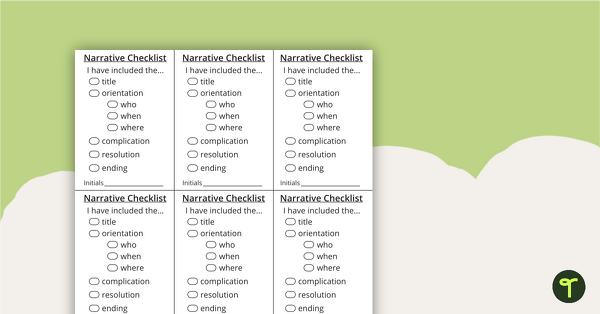

is good I would love if u did not have to subscribe and could make a one time payment
Hi Zola, thanks for sharing your feedback! I am afraid that individual purchasing is not available, but I will pass your feedback on to the team for consideration.
LOVE this resource! Would love it in a black and white/low colour option too please.
Hi Caitlin, Thanks for your feedback! Remember, you can always submit a change request to this resource using the Changes & Updates tab above. This tab can be found near the comments section. Requests are voted on by the Teach Starter community and we create the top requests.